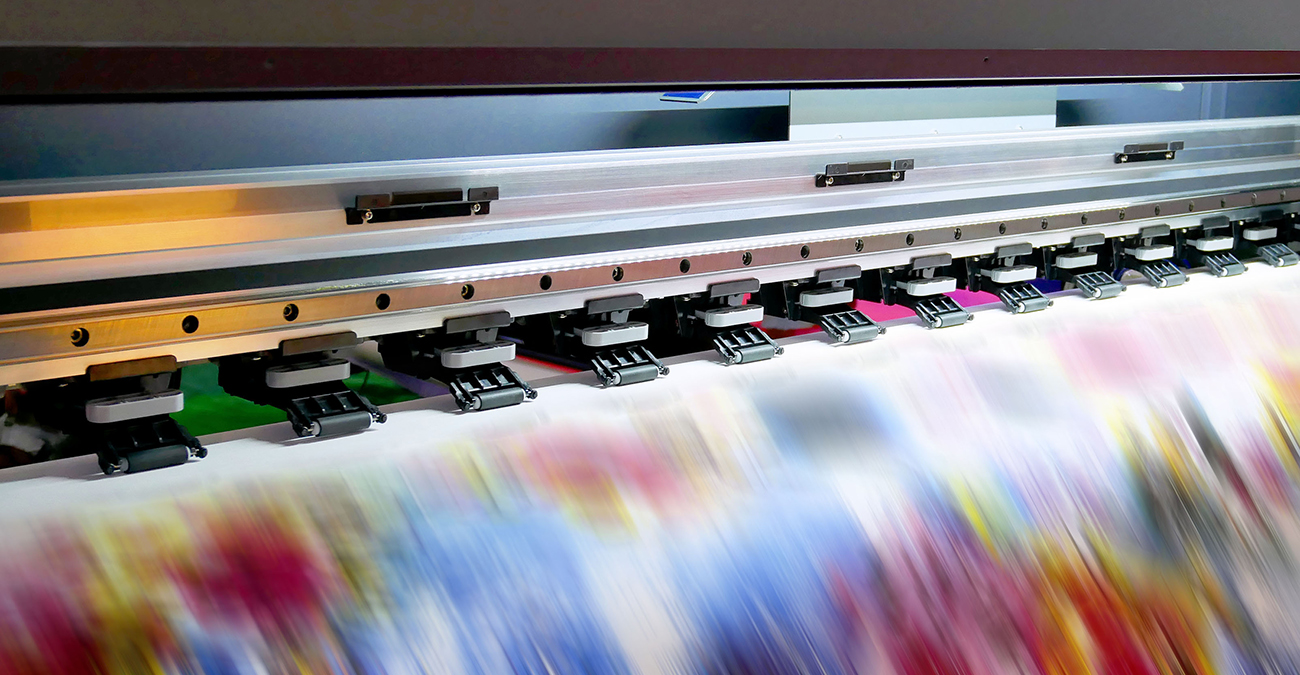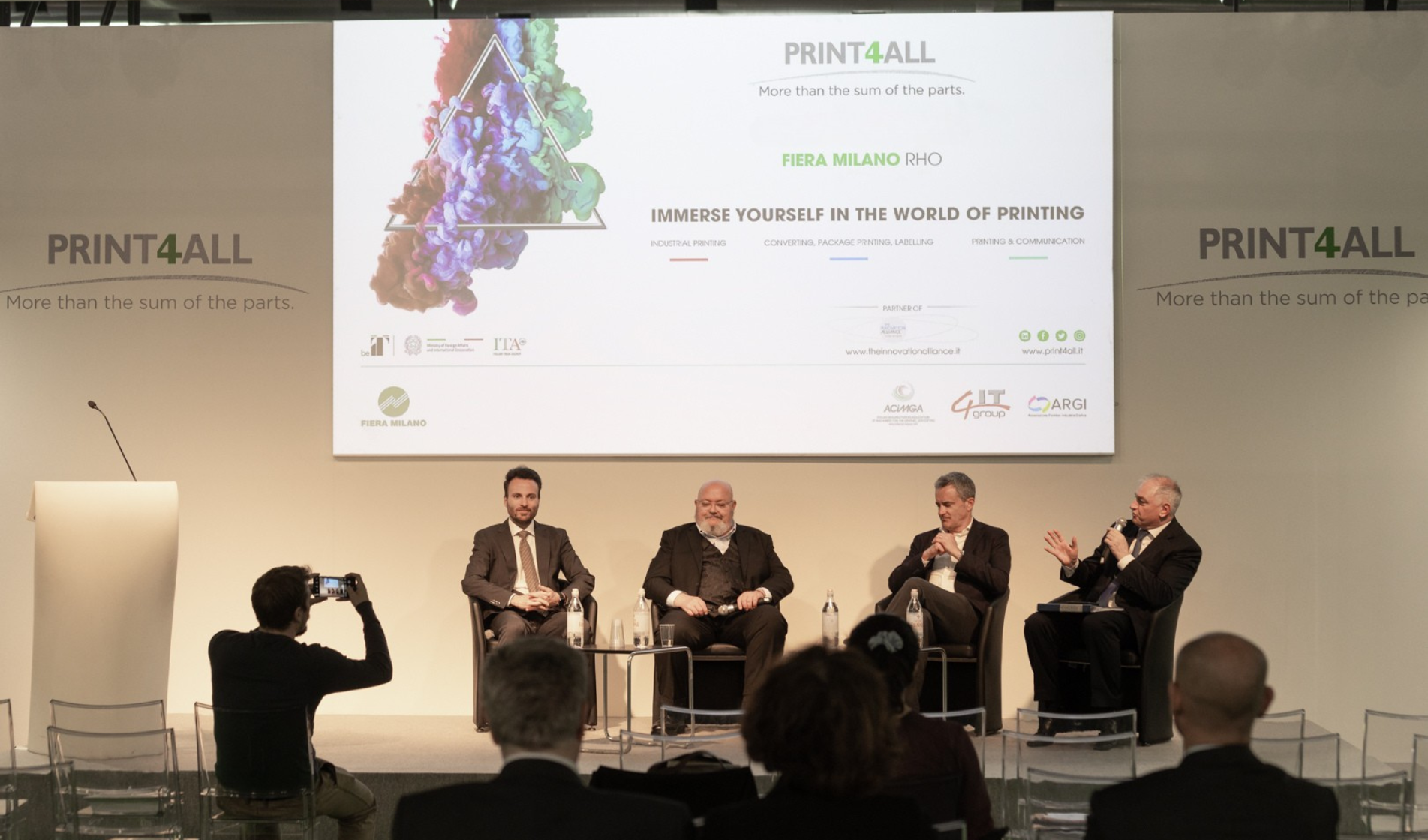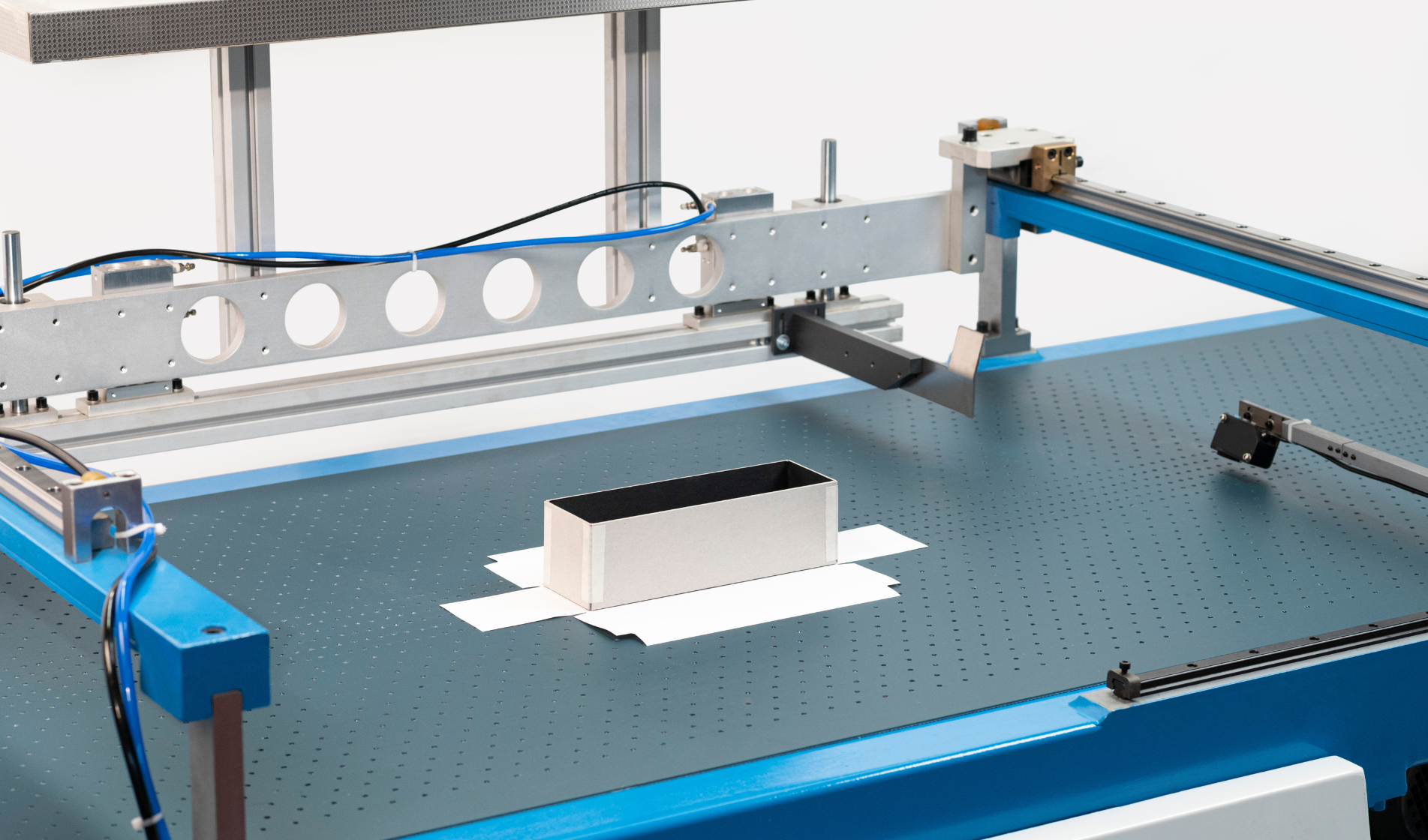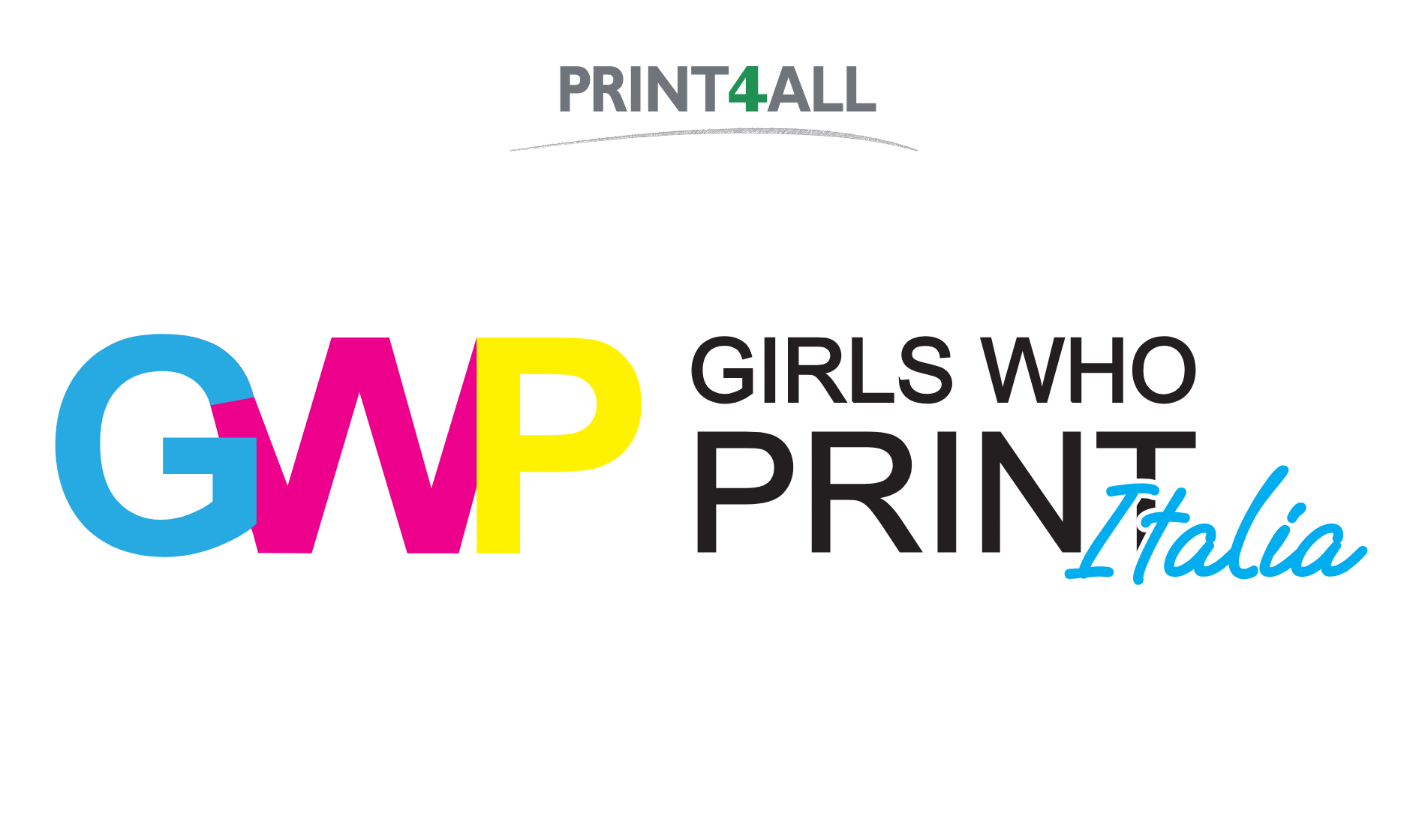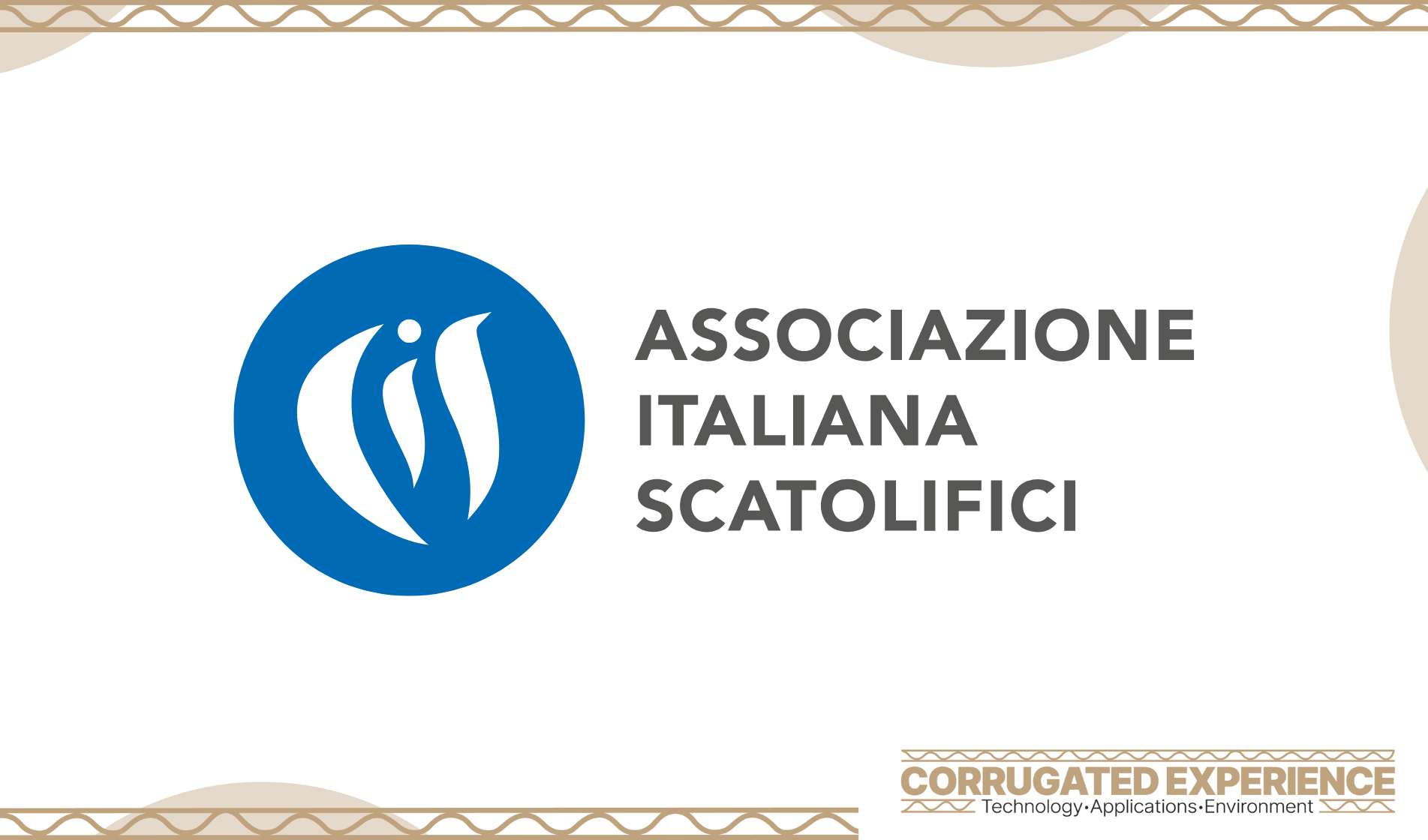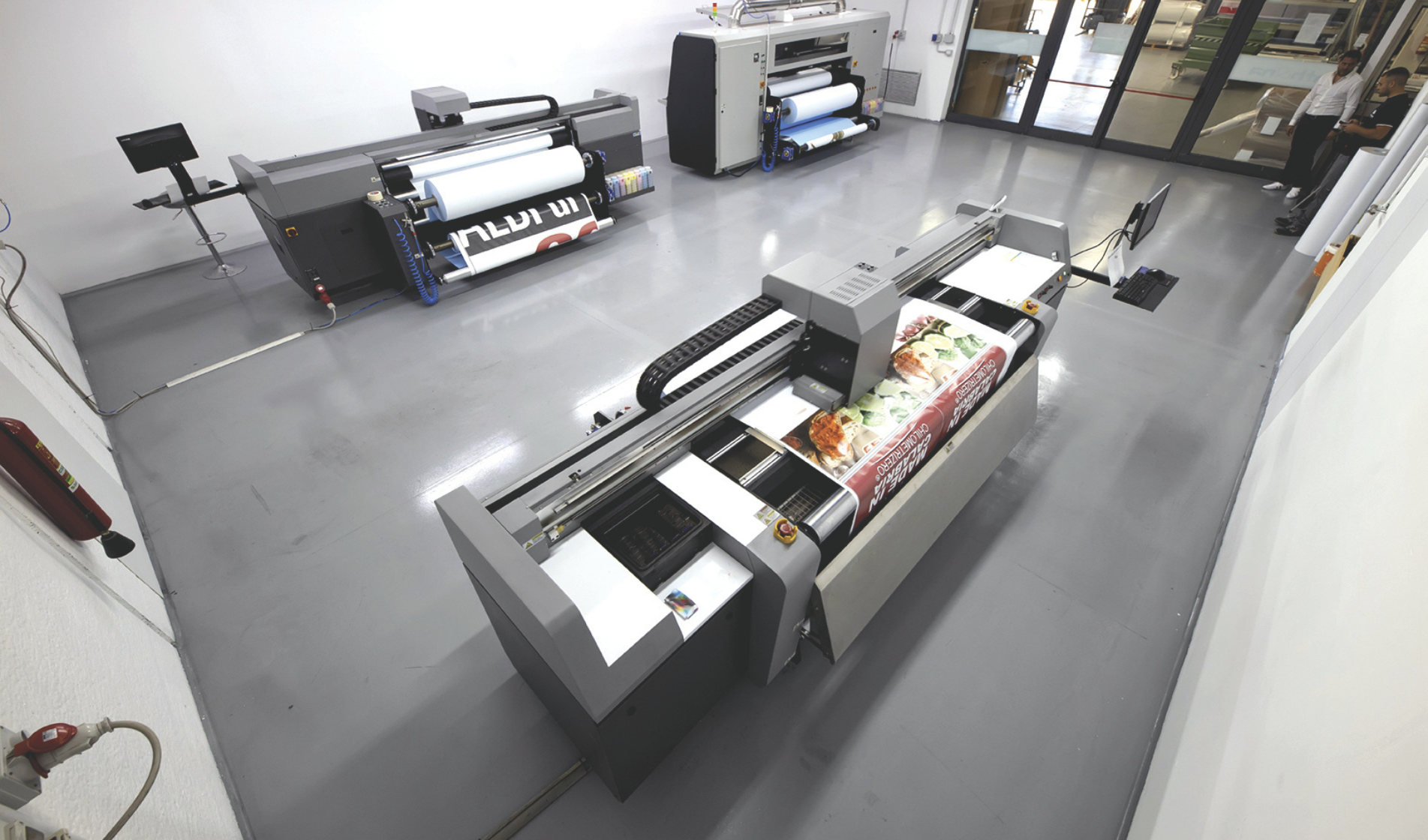That digital printing is carving out its own space in the packaging market has been a known trend for some time, but the Covid-19 pandemic has had a major impact on this trend. By disrupting both the traditional supply chain and people's normal buying patterns, the pandemic has made the digitally-installed, the ideal means of responding to the demands of an ever-fluctuating marketplace.
According to research data from Smithers' “The Future of Digital Print for Packaging to 2026”, global digital printed packaging volumes have increased by 20.8% between 2019 and 2020. This is an important growth, also in light of the fact that, in the same period, the total volume of printed packaging (any technology) fell by 1.9%.
The pandemic has also increased the attractiveness of the packaging market in the eyes of printers, a sector that has reacted much better to Covid-19 than others. And digital printing, especially in light of the latest technological innovations, is the most effective way to enter this market and reap the benefits.
Over the next five years (2021-2026), the share of digital printing in packaging and labels is set to grow from 4.4% in 2020 (equivalent to $18.5 billion) to 7.2% (equivalent to $35.9 billion), with year-on-year growth of 11.2%.
Labels, which again account for the bulk of digital print this year (worth $11.79 billion), are set to grow at a more subdued 5.6% year-on-year rate. Growth in corrugated board (valued at $5.78 billion in 2021) and in folding carton ($2.31 billion) will be much faster: both segments will double their market share which, combined, will exceed that of labels by 2026.
To support the growth of digital will obviously be the technological innovations, especially in inkjet printing, to become increasingly competitive even on medium and large orders of all types of packaging. Improvements in printer heads will increase both the quality and speed of printing from the current standard of 1200 dpi native resolution and 200 metres per minute greyscale to 2400 dpi resolution and 300 metres per minute speed. Not forgetting the variations in ink drop size - up to 1 picolitre for high quality or larger for whites, varnishes, finishing effects - and the constant increase in the range of printable media.
Inkjet printing, as mentioned, is the one that is most likely to grow, in a circle that will see the growth in the use of water-based inks and more and more materials optimised for inkjet printing. Digital electrophotography will maintain superior qualities in specific applications, such as metallic inks, and will create its own technological improvements; in the long term, however, it seems destined to focus on niche markets such as premium labels and high-quality packaging.


